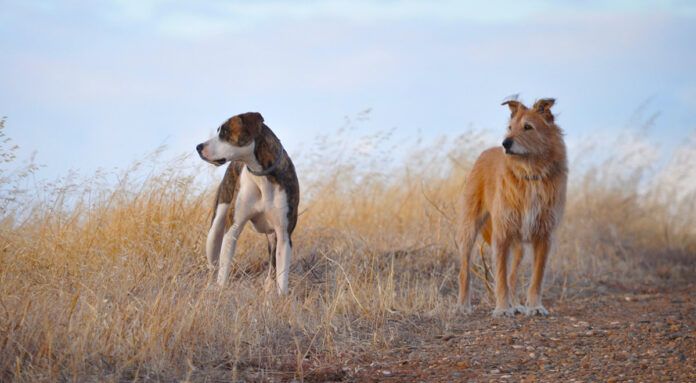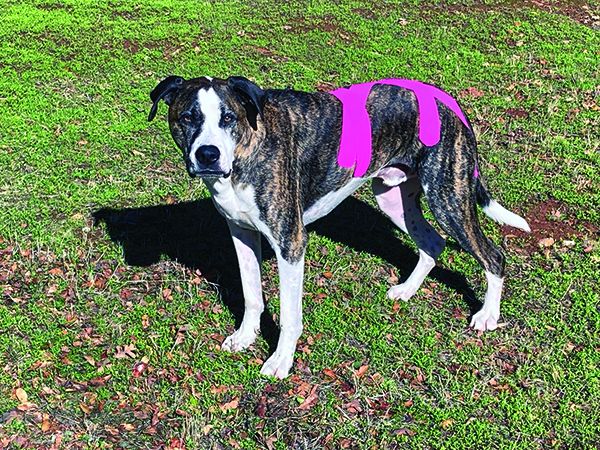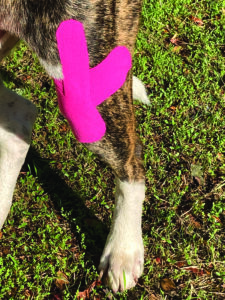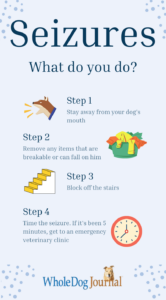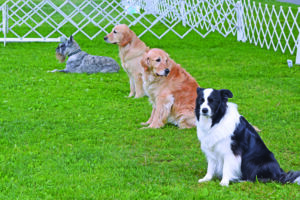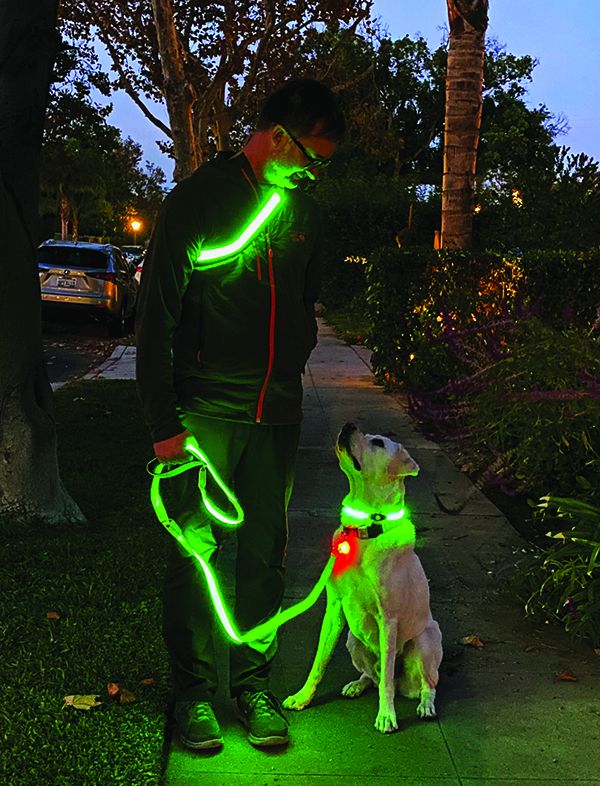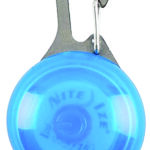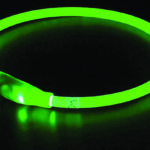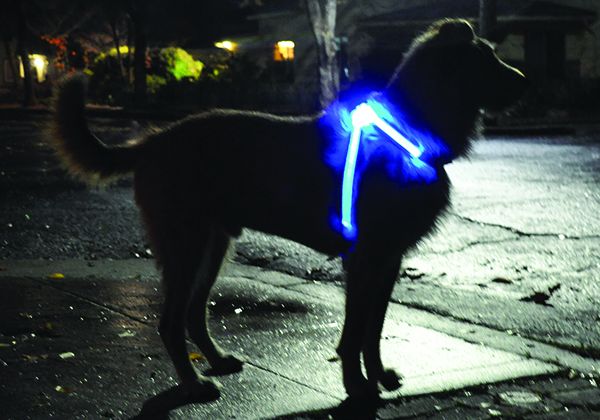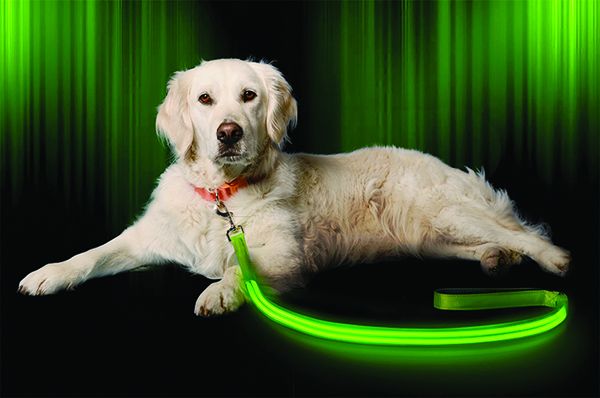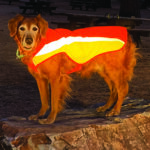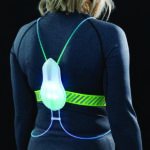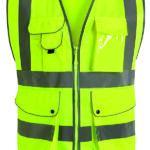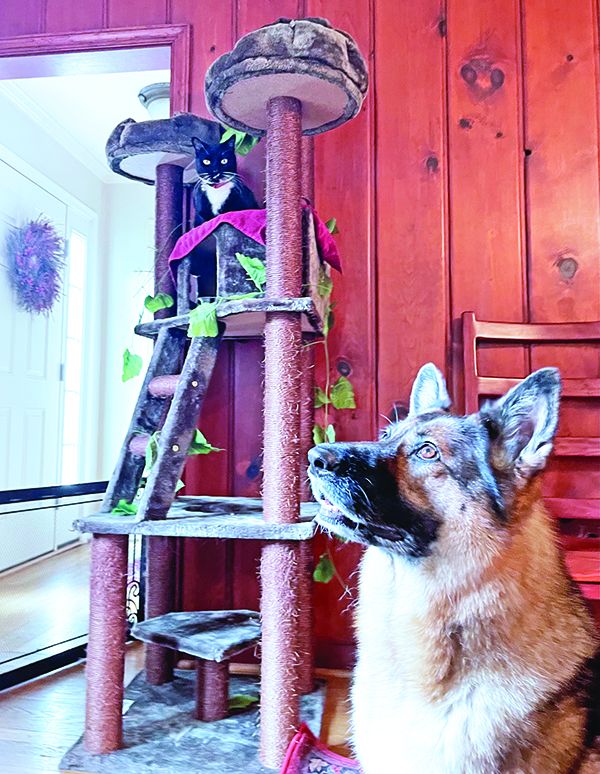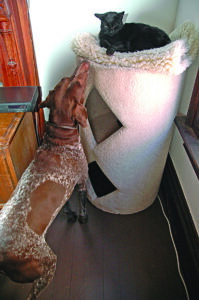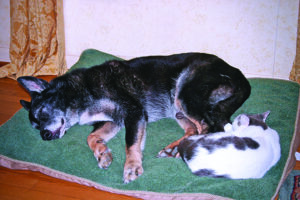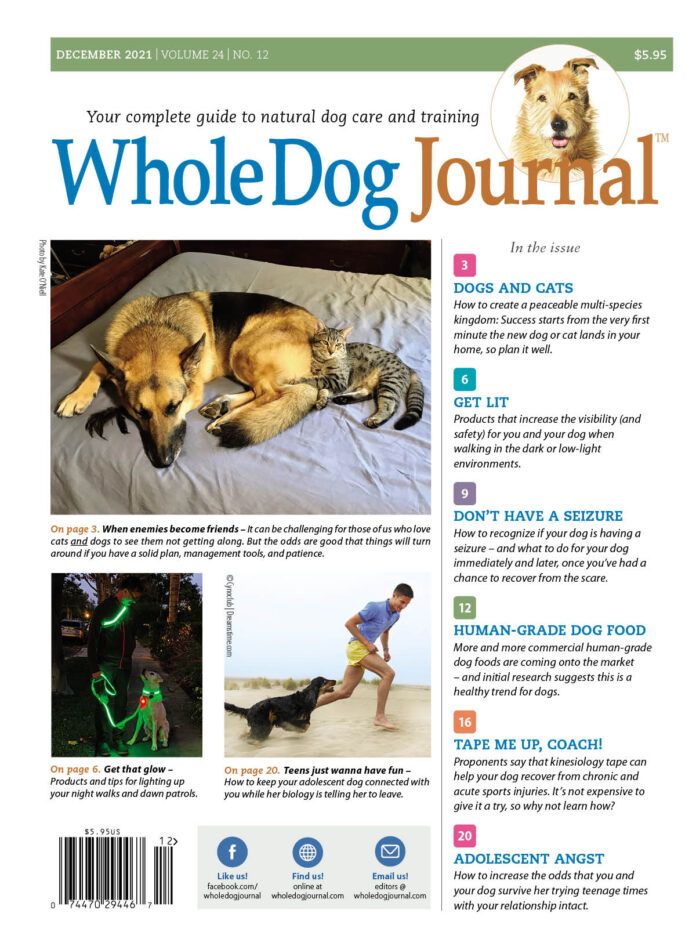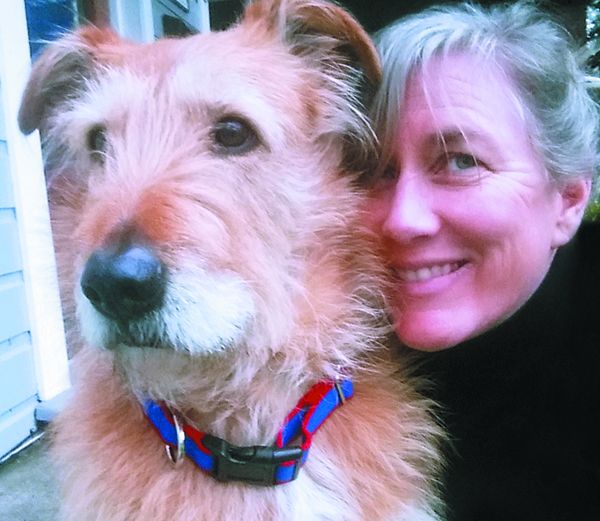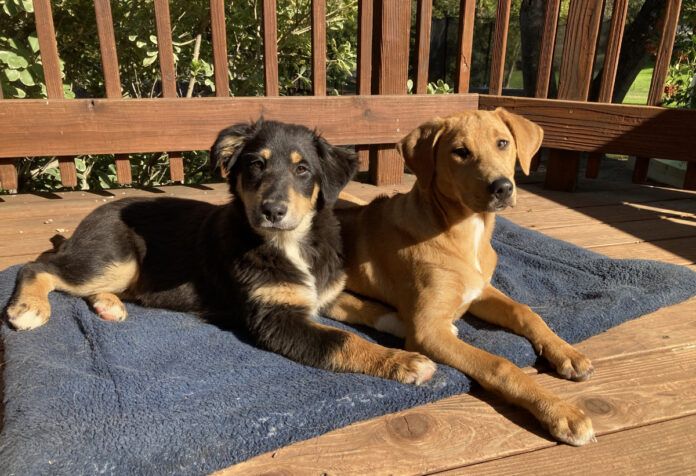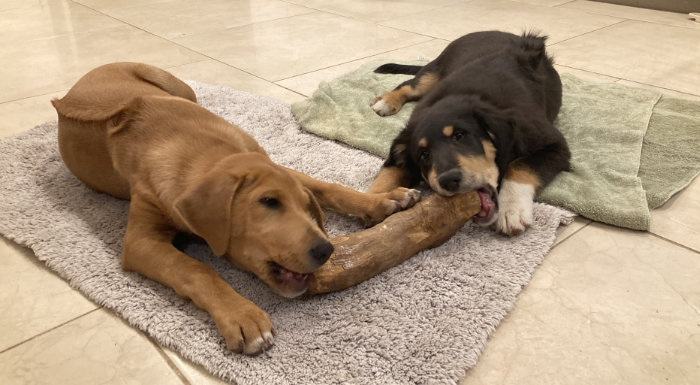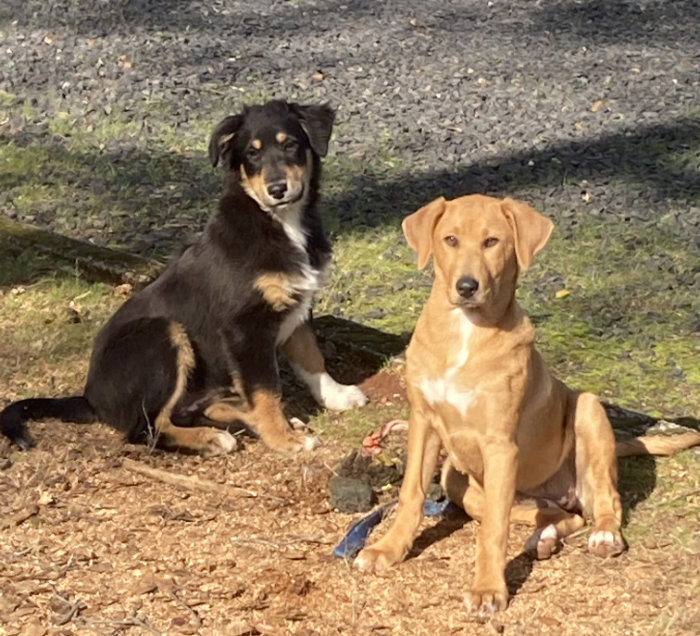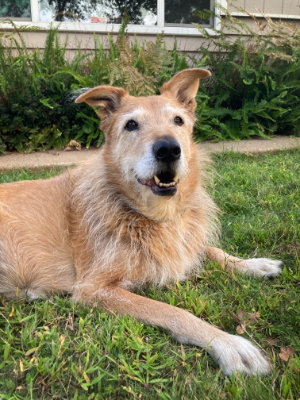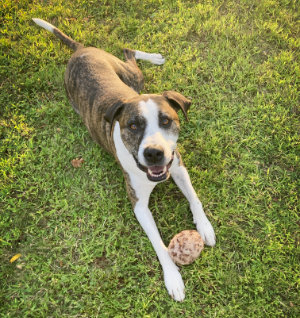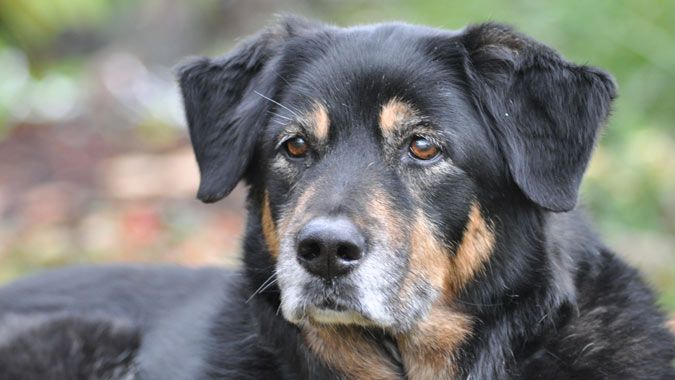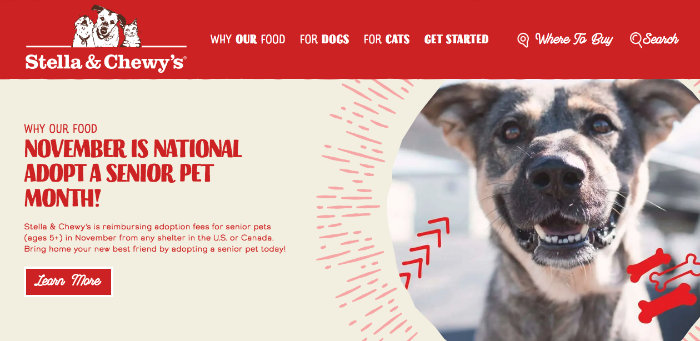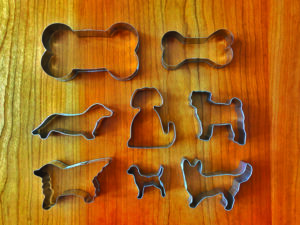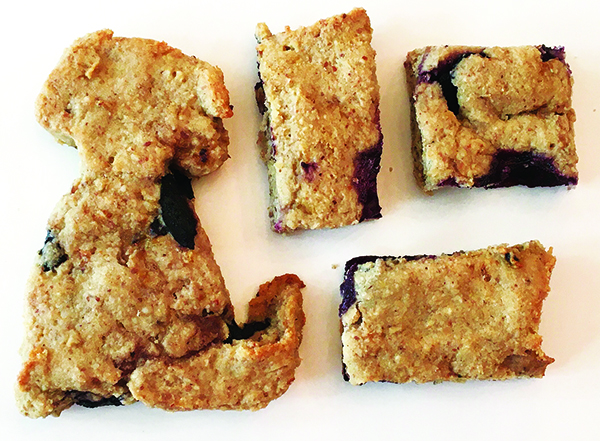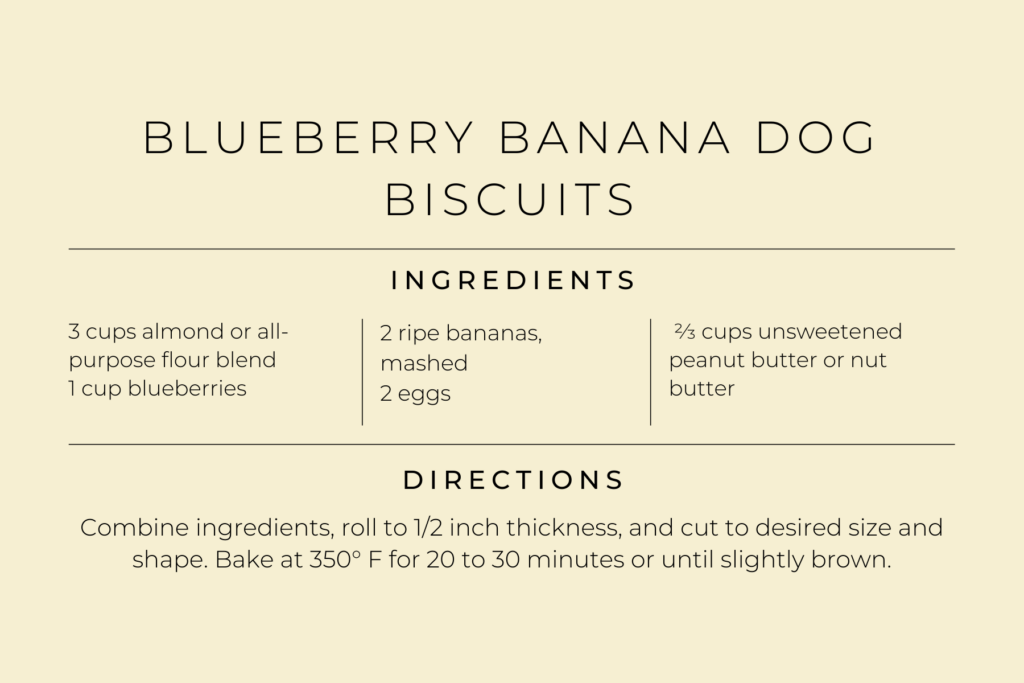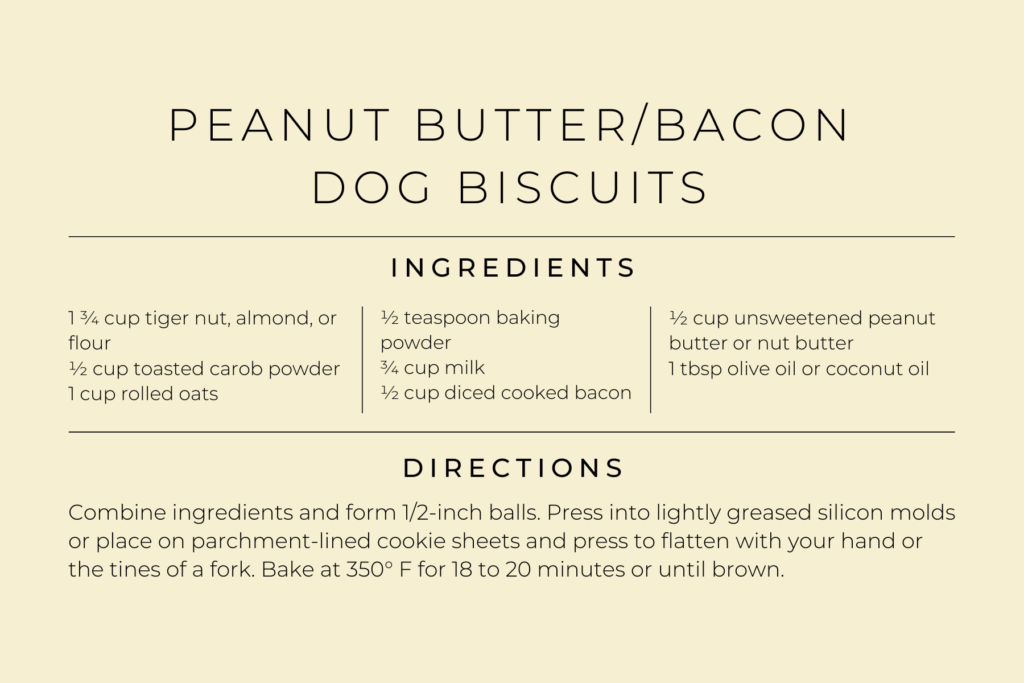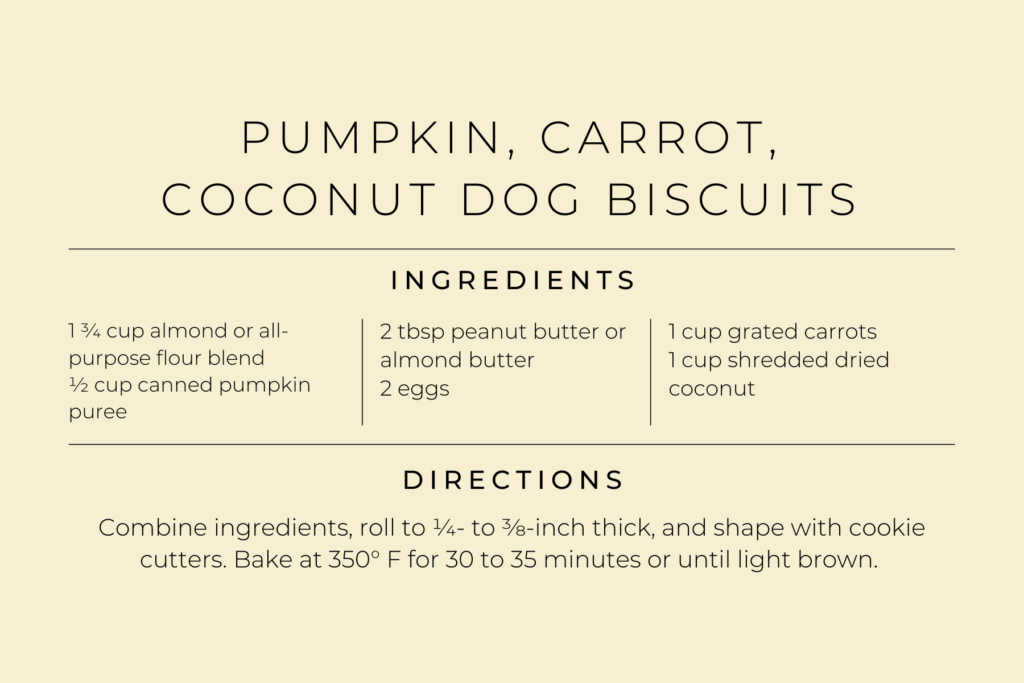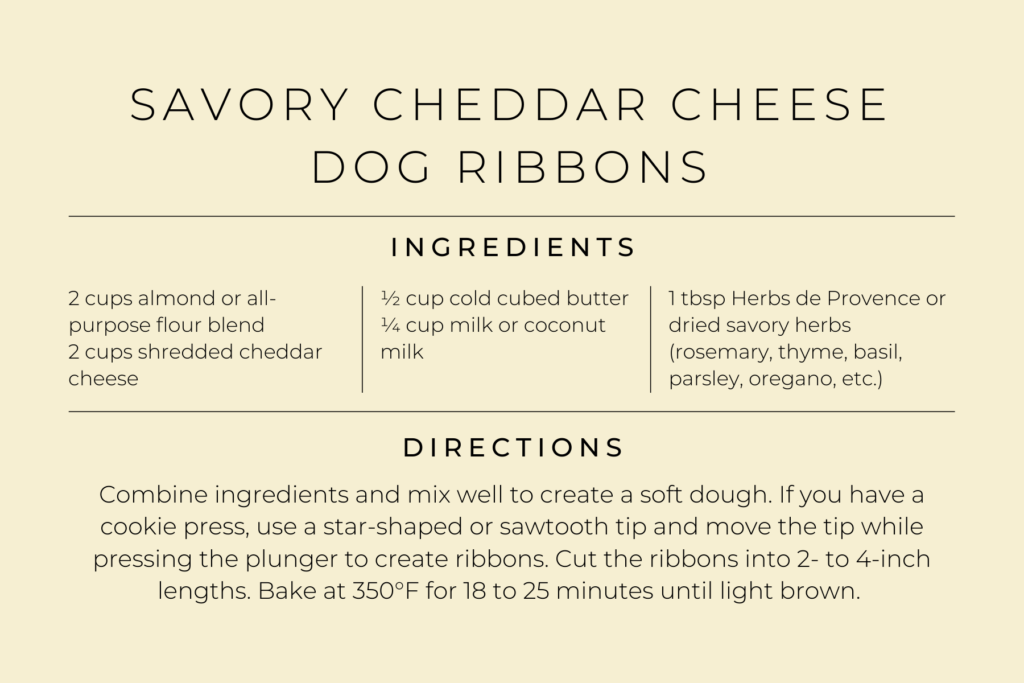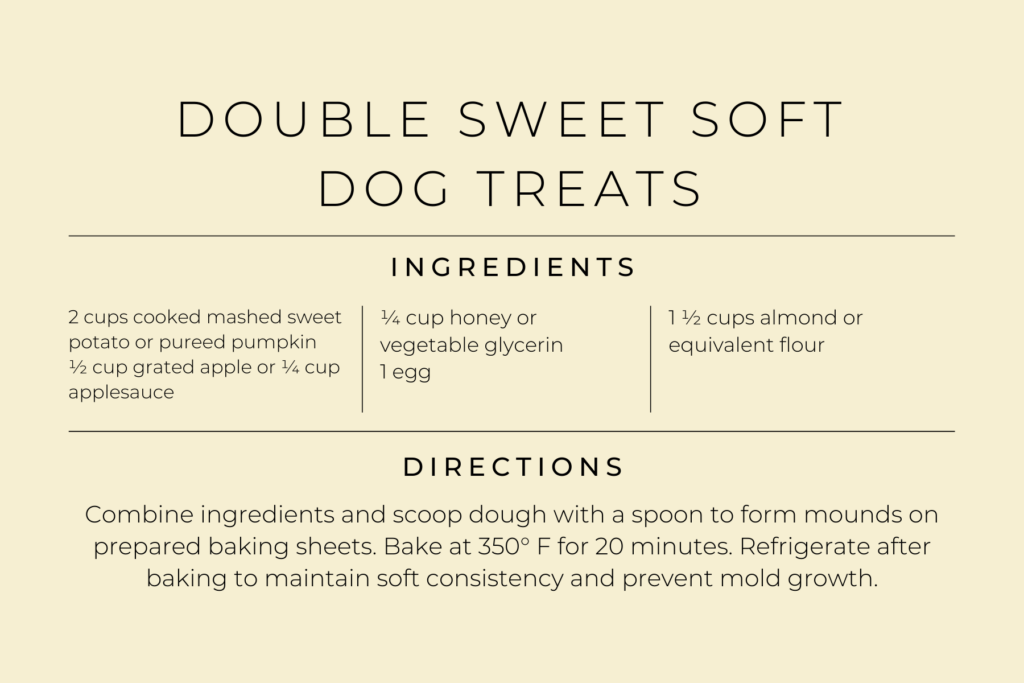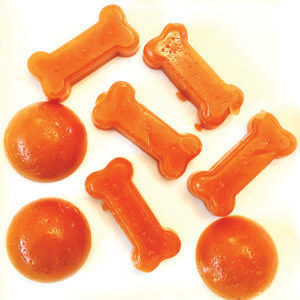Like many of us dog lovers, my relationship with dogs started when I was just a lonely kid. My siblings were five, six, and seven years older than me. We lived in a rural area and the closest kid around my age lived a mile away – and when I was a kid, believe me, no parents were driving kids anyplace for play dates! But our family had a lot of dogs – too many! – and so dogs were my daily playmates, co-conspirators, troops to boss around (sorry, dogs), and source of comfort and solace when I had hurt feelings (and the baby in the family almost always has hurt feelings, right?).
Just out of college, I once reconnected with a friend I hadn’t spoken to for many years. He asked if I was still bringing dogs with me everywhere I went. “What?” I replied, not recognizing this absolutely accurate description of myself. I had to think about it; why was his experience of me so full of dogs? I guess every time I visited him at his house, I usually did have a dog or two with me . . . and every time he visited my home, there were three or four dogs (or more) . . . and when he used to come visit, we used to drive out to the beach near Bodega Bay and so of course I’d bring a dog or two with us to the beach! I realize now that young people don’t always see themselves the way other people see them; at the time, my friend’s assessment was a total surprise to me. Today, that’s hilarious!
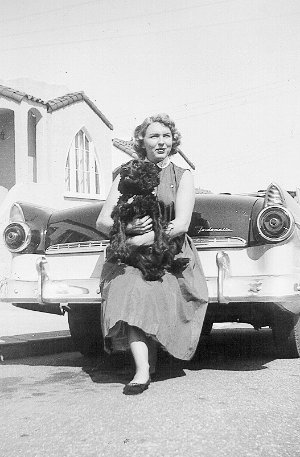
I’m not alone in this; everyone in my family loves dogs. I think we were conditioned by my mom, who was a huge animal lover who had never been allowed to have a pet as a child – and who got a dog the minute she was married and out of her parents’ home. Both of my parents were good observers of behavior, and very loving and indulgent of our dogs’ various quirks, and to this day my siblings and I enjoy watching our dogs interact and appreciating our dogs’ personalities. And of course, we dog-sit each other’s dogs when we travel.
When I have to leave town, my old dog Otto stays with my sister Pam. For many years, she and her husband Dean have enjoyed watching Otto as he forgets all his dignity and plays with their three little dogs in an unrestrained way he never displays at my house. My young dog Woody, who is like a bull in a china shop, used to have to always stay with my friend Leonora, because once, after an overnight stay at Pam and Dean’s home, Woody’s strong wagging tail and physical displays of affection left Dean (who was on blood thinners) absolutely covered with dramatic bruises. Dean passed away earlier this year from a stroke, and now my sister likes to have Woody come and stay with her; his affectionate attempts to be a lap dog (a 70-pound lap dog) and clownish antics, which inspire total bedlam among her barky little terriers, are a welcome diversion these days.
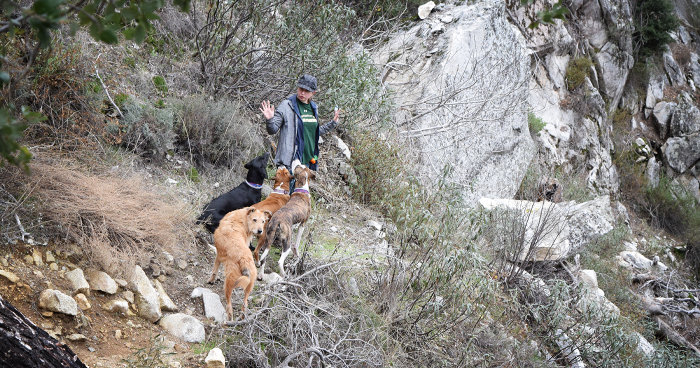
Welcome to the family
My brother had been single for a number of years when he met a woman who sounded like she might be the one. He asked me if I would dog-sit his big, young, rowdy dog, Hannah, for a few days while he showed his new love around the San Francisco Bay Area. At the time, he lived north of Sacramento, and he picked up his friend at the Sacramento Airport, and drove with her (and Hannah) to my home near San Francisco (she could have flown into the airport in San Francisco, but I think she had the flight to see him before the SF plan was hatched). My brother drove a small pickup truck with a king cab, and Hannah rode in that behind-the-seats area for the hour-plus drive from the Sacramento airport to my house. Here’s how I knew my brother’s new girlfriend was a keeper: Hannah bounded out of Keith’s truck and up my front stairs – REEKING of skunk!
I said to my brother, “Oh my god, Keith!” and he said “What?” My brother had ZERO sense of smell – he either lost it as a child or never had it.
I said, “Hannah’s covered with skunk! She smells terrible! I’ll have to go get some peroxide!”
Now he looked at his new girlfriend with true puzzlement on his face. “Did you smell it?” he asked her. I looked at her, too – how did she survive that hour-plus drive in a small truck with that smell?!
Leslie calmly smiled and said, “Yes, I smelled it – and I knew that you didn’t. And there was nothing we could do about it until we got here anyway, and I love Hannah, so why get you upset about it?”
I can’t remember now whether I said it out loud or just in my head, but I distinctly remember thinking, “Oh my dog, Keith, you better marry this woman! She’s amazing!” Keith and Hannah have both left this earth; they passed away within months of each other almost six years ago, but Leslie is and always will be my beloved sister-in-law. And I dog-sit her tiny dog when she and my darling niece Ava travel.
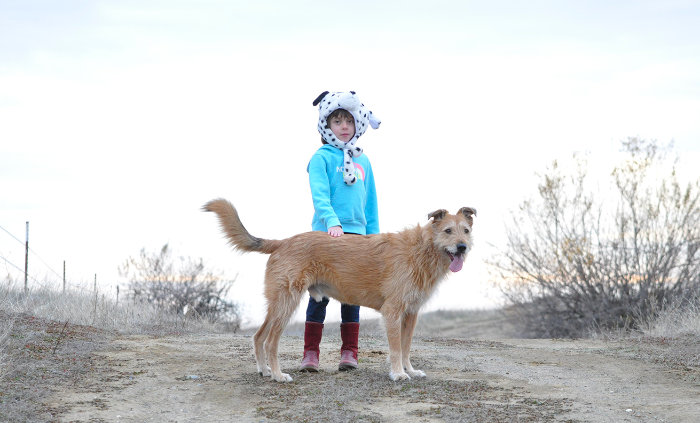
Our other brother Keith
I was so excited when my husband’s younger brother (whose name, confusingly, is also Keith) and his wife Lauren bought a home and adopted their first dog. We hadn’t had all that much in common before they got into dogs, but now we can chat and laugh for days when they come visit with their dogs – a few times during the Thanksgiving week.
They jumped into the dog world with all four feet, volunteering for a breed rescue (they chose Boxers to be their breed), and soon, fostering and then adopting several Boxers whose placement prospects were made more difficult by health and/or behavior issues. Their first adoptee was Rosie, who had been hit by a car as a stray; the breed rescue had paid for her initial care after a good Samaritan brought her to a vet’s office, but she required numerous surgeries over several years (paid for by Keith and Lauren) to be returned to full health. Then came Filbert, whose boisterous behavior and mild dog-aggression had prevented his placement elsewhere. After Rosie passed away, they adopted Zoey, a white Boxer with severe allergies, who, despite her ongoing medical needs, has proven to be a joyous addition to their family.
When they have come up to our rural home during past Thanksgiving weeks, we would go for multiple car, many-dog off-leash hikes every day. When they first got Filbert, it was here and on a Thanksgiving-week dog-hike that they first dared to take off his leash, hoping that all the recall training and work on a long-line they had been doing in preparation would mean they could start walking him off-leash (in legal off-leash areas) safely. Our hopes all plunged when Lauren unclipped his leash and he immediately took off at high speed for the horizon. It didn’t matter one iota to him that the rest of the dogs didn’t follow him, or that we all ran excitedly making big party noises in the opposite direction. He just made a beeline out of our sight.
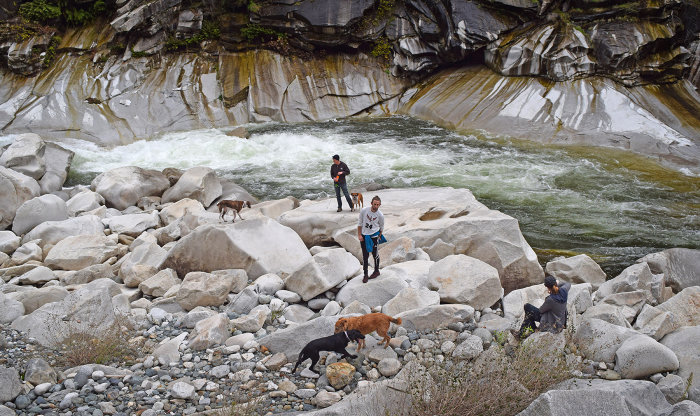
Fortunately, there was a mile of open fields and a body of water between him and any roads; I was certain we’d find him soon enough if we just kept walking and occasionally calling. We walked that whole mile without a sighting, but as we approached the water, we could hear enthusiastic splashing . . . and as we called him from the lake’s edge, he came happily bounding to us. “You guys! Look what I found! A lake! For swimming! With ducks! Oh my gosh!” (I’m happy to report that he got more reliable off-leash with every hike that week. Our Instagram page has photographic evidence of Rosie and Filbert on a thanksgiving off-leash hike in 2017: https://www.instagram.com/p/Bb7AQF4h5Y6/)
This Thanksgiving, I’m going to be missing Keith and Lauren and their Boxers, and even my son, his fiancé, and their dog Cole – they are all going elsewhere – but the Thanksgiving dog-walks will go on, Thursday through Sunday. Thanksgiving is my favorite holiday of the year: It’s all good company and good food, without any materialism present. We’ve got miles and miles of off-leash trails to hike, the skies have been clear here lately and the weather is perfect: not hot and not freezing, so if a dog feels like taking a swim in the lake or river we walk by, it’s not a problem, they should be dry by the time we get back to the cars. My sister Pam will have her three little dogs, and Leslie and Ava will be here with their tiny dog Alice. I’ll invite any of my local friends who aren’t traveling to come with their dogs on our walks, and hope to see Jake and Jessie and their dogs Nova and Nix (both of whom are my former foster puppies, from litters that were three years apart!) and my friend Leonora, who owns my dog Woody’s best friend, Samson. And as always, all of these dogs (and of course their humans) will be my comfort and amusement, my companions in fun, and solace in remembrance for those we have loved and lost and miss dearly at this time of year.
Happy Thanksgiving, everyone. I hope you have a chance to get out there and take your dogs for a nice long walk!


